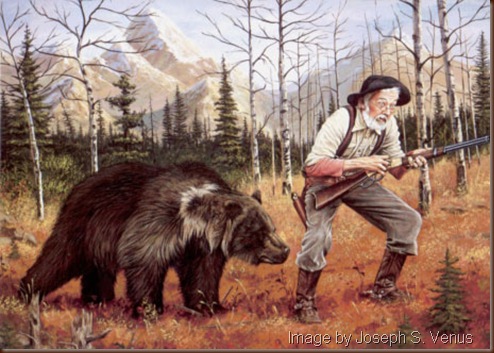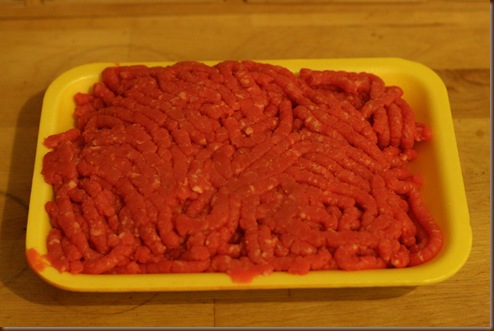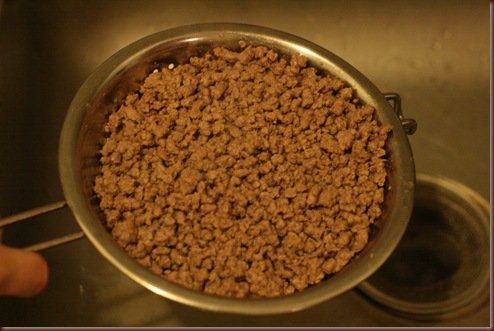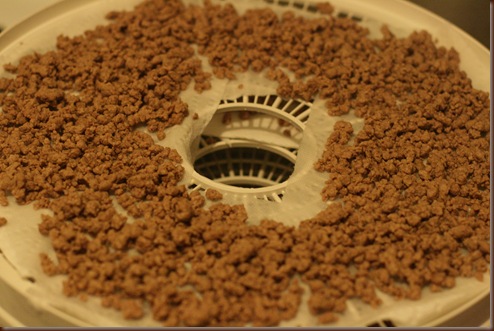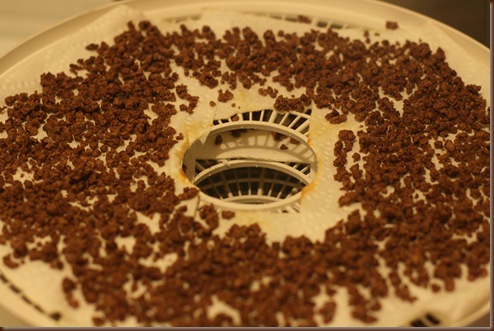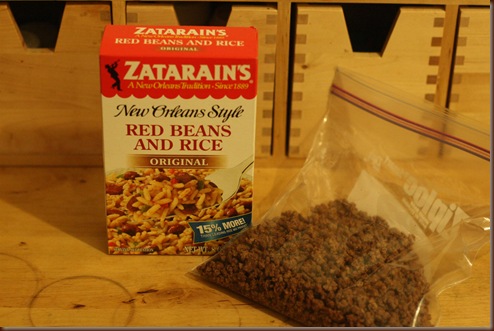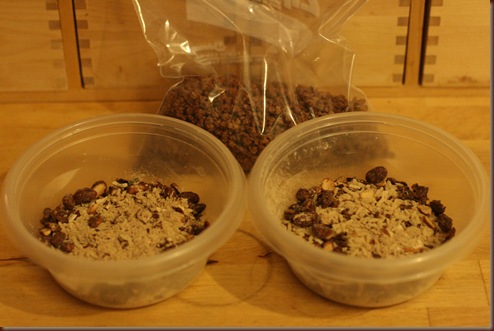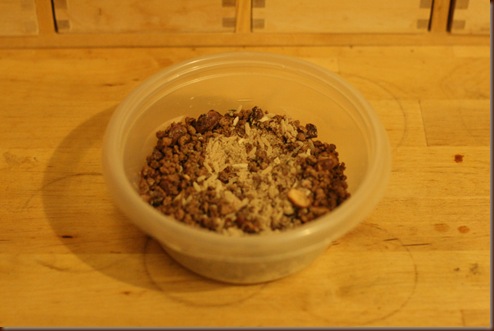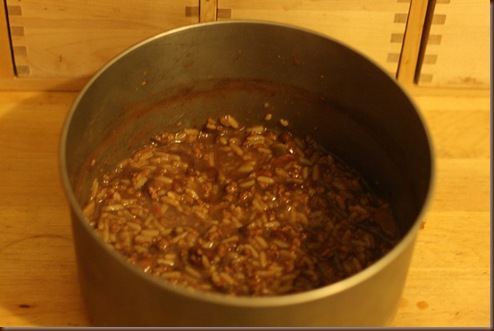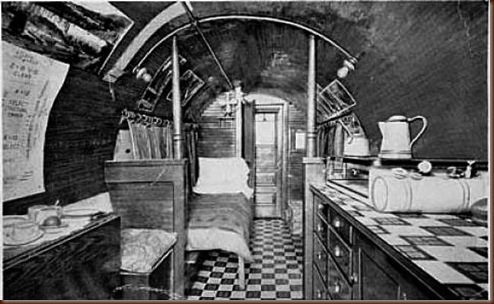It had been a few weeks since I had made it into the woods, due to the unexpected family troubles. Well, this past weekend I finally did some camping. As luck would have it, I headed out into the woods just as a snow storm hit the area. It wasn’t bad once I got into the woods, but getting there with the car was a nightmare. It was also hard to shoot some of the videos I had intended to make because of the falling snow.
The temperature was about 10 degrees (F), so the moisture wasn’t too bad, but exposed areas formed ice immediately because the falling snow would melt from the body heat and then freeze. So that leads me to mention some different winter camping considerations. I know I seem to do it every winter, but I think it’s worth mentioning.
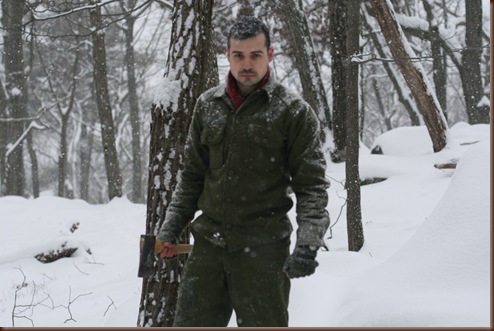
Of course, during winter the main concern is the freezing temperatures. We have to somehow preserve our body heat, so we can stay warm in the absence of an external heat source. The first step towards doing this is easy-get sufficient clothing for the temperature that you see on the thermometer. Like a friend of mine says, “There is no bad weather, there is only inadequate clothing”. It is a good first step, but after you’ve been out in the woods even once, you will figure out that this is not enough. An equally important factor in winter camping is moisture management.
From a moisture management stand point, there are very different types of winter camping. It all revolves around how easily snow will turn into water and penetrate your clothing. What I mean by that is that snow is a solid material, and because of that it’s actually dry. If you take a shirt which you have kept hanging on a tree branch, and toss it in the snow, you should be able to pick it up, shake off the snow, and have it be completely dry. If the snow however melts for any reason, or the temperature is warm enough to let the snow contain spots of liquid water, you will get wet, which will drastically alter your ability to keep warm.
From my limited experience I have noticed four different winter camping situations.
Cold Weather; No Snow
The first one is when there is no snow. Under such conditions, moisture management becomes fairly easy. Since there are no external sources of moisture, the only thing we have to worry about in the perspiration from our own bodies. Make sure to regulate your body temperature so you do not sweat. If you do, you will end up wet, and the insulation value of your clothing will decrease significantly. There are many myths out there about the abilities of different fabrics, but from my experience, I can tell you that you will be cold in all of them when you are wet. You’ve probably heard that wool keeps you warm even when wet. Maybe it keeps you warmer than some other materials, but from experience I can tell you, it will not keep you warm. I have spent many night out wearing wool clothing, and you will notice exactly which areas of your clothing have gotten wet. The best approach to managing moisture here is to regulate your body temperature by removing items of clothing when you get too warm. Relying on the alleged “magical” properties of whatever material is currently in fashion will not get you nearly as far as a bit of common sense.
Mild Weather; Snow
The second type of situation is where you have snow on the ground, but the temperature is only just about freezing, 32 degrees (F). Under such conditions, your priorities are much the same as when camping in the rain. You need to pay close attention to your water proof/resistant clothing. Many clothing items which are made for very cold environments will not do well under these conditions. For example, reindeer mukluks, while very warm, will get wet immediately, creating huge problems. Similarly, items like ventile/gaberdine, which are intended to function as wind proof layers and perhaps deal with minor moisture, will become waterlogged very quickly, again, leading to problems, as was noted by Nansen during his crossing of Greenland.
In my opinion, this is one of the most difficult conditions to deal with, because you always have to compromise between controlling perspiration and protecting yourself against outside sources of moisture. Wearing a waterproof layer will undoubtedly make you sweat more considering that the outside temperature is not that cold, but may be worth it if you are getting soaked from the outside by the falling snow.
If you are camping in such weather, do not get complacent. More people die each year from hypothermia in exactly such conditions that in extreme cold weather. That’s because people underestimate how quickly their bodies can cool down, especially when wet. While the weather may be mild, you need to pay close attention to any signs of your body temperature being lowered.
Cold Weather; Snow
The third type of scenario, which is what I had this weekend, is when you have temperatures that are under 20 degrees (F), and I would say down to about 0 degrees (F). Here any snow that is on the ground, is frozen well enough as to not provide a significant source of moisture. However, it is still not cold enough for it to never be an issue. Your body still produces sufficient heat so that when the snow comes in contact with your body, especially when you are working and not wearing a lot of layers, it will melt and get you wet. I’ve found that it then quickly freezes and forms ice. You also have to be careful around other heat sources like a fire, because if you get close to it with any snow on your body, the snow will melt and get you wet. This remains a consideration even in lower temperatures.
In such conditions, I still find good waterproof clothing to be extremely valuable. That is why you see me wearing Goretex boots instead of mukluks. I am sacrificing some insulation for the benefit of water resistance. Being wet in these temperatures will be a problem, no matter what materials you are wearing. It is even more of an issue because it becomes very hard to dry your equipment due to the cold weather.
At temperatures these low and lower, there are some additional issues.
Avoid touching metal objects with unprotected hands. At these temperatures, your skin will stick to them. This weekend I was making a video that required me to touch a metal pot. Because I was filming, I only had my fingerless liner gloves on. By the time I was done the exposed skin on my fingers was noticeably bruised from the contact with the metal. You will see in some books that people tell you to warm up your metal tools by holding them in your hand before using them. One part of the idea is good. In cold temperatures metal becomes brittle, and it is better if you can warm it up. However, doing it by holding it in your hand, will leave you with frostbite. A tip I got from a friend is to warm up your tools between the different layers of clothing you have.
Also keep in mind that you have to protect objects which contain water. Keep your water bottle insulated, or it will freeze. Wide mouth bottles have an advantage here because the opening is less likely to completely freeze. During night, flip the bottle upside down. That way any ice that forms will be on the bottom of the bottle. If you can not keep it in your sleeping bag during the night, burying the bottle in about a foot of snow will help to keep it from freezing.
Similarly, a water filter which has been used can freeze and crack. The water that remains in the filter element will expand when it freezes, causing damage. Make sure to keep it in an insulated container if you plan on using one. Chemical treatment of water also tends not to work effectively at these temperatures. The best way to purify your water under these conditions is to boil it. While during other times of the year, this is no where near my favorite method, it is not that bad during winter. First, you are usually getting your water from snow, so you do not have to time your fires with water sources. Second, it is not nearly as bad drinking warm water during winter as it is when it is 80 degrees (F) outside with 90% humidity.
Extremely Cold Weather; Snow
The fourth type of winter camping, and the one with which I have very little experience is when the temperature falls into the negative range. Here moisture almost entirely comes down to managing you perspiration. Even if any moisture gets on you from the outside, it will freeze before it can penetrate the clothing. Waterproof clothing plays less of a role under such conditions. Insulation and breathability are key. The only thing I will say here is that you should not overestimate the breathability of fabrics. Many people will claim that the outer layer they have chosen is the best for that purpose, but think about how much that will matter when you are wearing four layers of clothing underneath. The best way to avoid perspiration is good temperature regulation by removal of clothing during activity. For good sources of information of camping under very cold conditions, give the following two blogs a look: American Grouch and The Weekend Woodsman. Both of these guys are the real deal when it comes to the issue.






